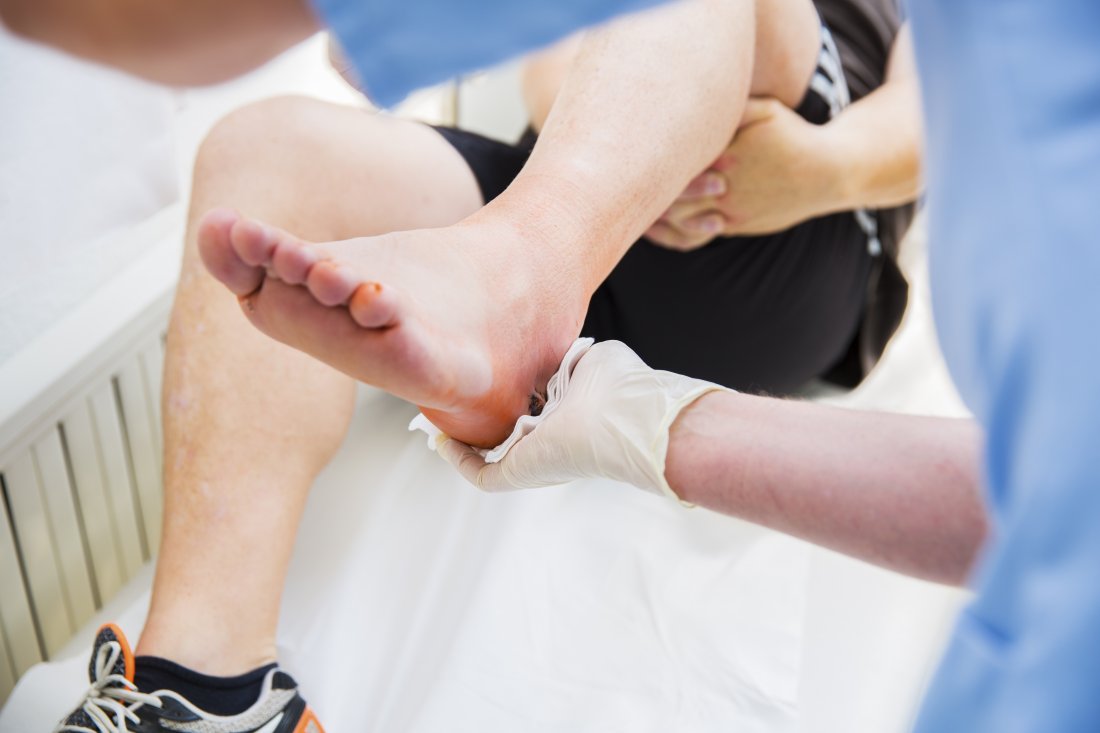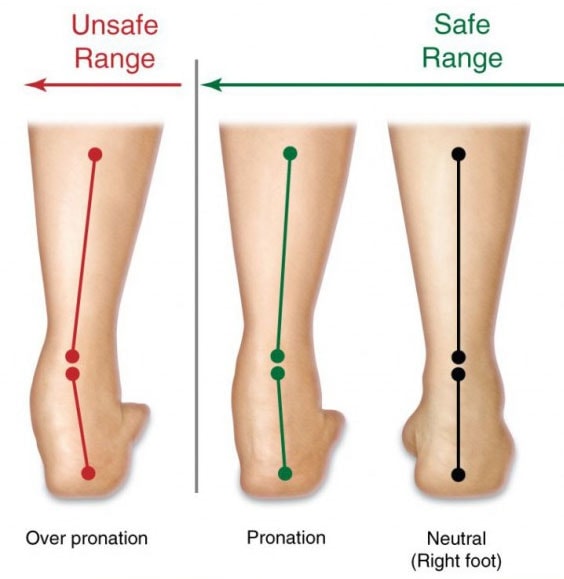

The first thing to understand is that supination is a normal part of our gait cycle. What Should I do if I have Oversupination? Are you pigeon-toed? People with oversupination are sometimes pigeon-toed, or have feet that turn inward when they are standing, walking, or running.Although this does not necessarily represent the amount of movement in the subtalar joint, it can offer a clear picture of your foot type, making it easier to determine whether you have oversupination. If this strip is missing or barely visible, you may have oversupination. Normal footprints have a heel, connected to the forefront by a strip that is almost half the width of the foot on the outside of the sole. Place your foot on the ground and remove it to view your footprint.

You can also try the “wet test.” You’ll need a flat, dry surface and a wet foot.Is the upper part of the shoe pushed over the outside of the sole, mainly on the forefoot area? If so, you may have oversupination. Next, look at your favorite pair of shoes, particularly running shoes.Can you tell if you have a high arch? High arches may be a sign of oversupination. If possible, stand in front of a mirror and position yourself so you can see the inside of your foot.If you are at home, there are little things you can do to determine whether you may have oversupination. If you feel you have oversupination, you should seek a diagnosis from a podiatrist. There is no substitute for the experience and training of a qualified doctor. This stress is what makes the structure susceptible to injury. When the foot does not pronate enough, there isn’t enough shock absorption, which places an enormous amount of stress on the entire foot/ankle/leg/knee structure. Improper supination can occur when the foot doesn’t pronate enough. Supination occurs as the foot prepares to toe-off to provide a rigid platform for leverage.Īs the foot rolls out it becomes a rigid lever. Pronation occurs as the foot strikes the ground and rolls in to absorb the impact. As with supination, when pronation is excessive it is referred to as overpronation. Supination is the opposite movement of pronation, which is also part of your normal gait cycle. Adduction: pointing the toes across your body.Plantarflexion: pointing the toes away from you.The movements of supination are broken down like this: Oversupination often suggests poor or limited shock absorption. Oversupination is a more severe version of this part of the gait cycle, and is one of the more common causes of a sprained ankle. Under normal circumstances, supination does not affect us, but when the feet are put under abnormal stress, oversupination can be the result. Supination is a normal part of the gait cycle and occurs when the foot rolls outward and places most of your weight onto the outside of your foot while raising the arch. This joint is located between the talus (the uppermost bone of the foot that connects to the ankle) and calcaneus (which sits under the talus and forms the heel bone) bones.

The term supination also refers to a type of rotation by the hand, but in the feet supination involves the movement of the subtalar joint.


 0 kommentar(er)
0 kommentar(er)
